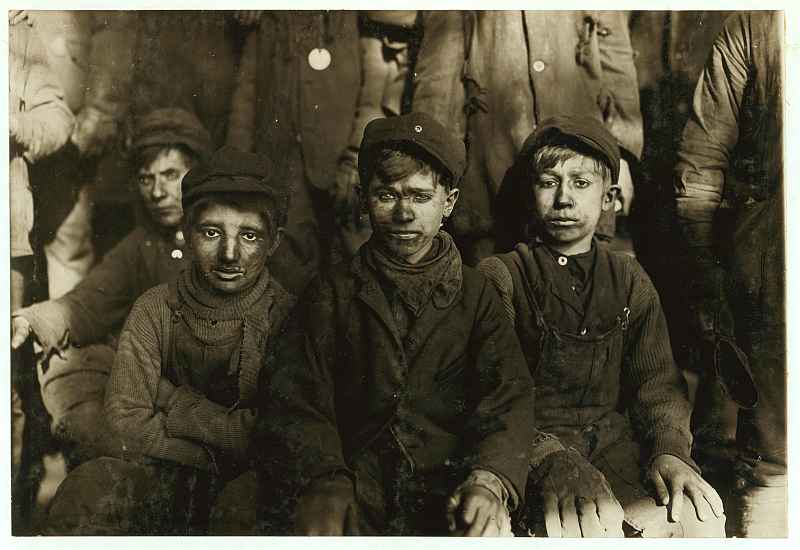The State of Maine is taking another run at a coal tar sealer ban (LD1235). The first was in 2013 and then in 2015. There have been several stories on this site covering those efforts (here’s a link to several).
To be honest there’s an odd bit of nostalgia for me like remembering when you’ve battled hard with a unique assemblage of stakeholders in the past and come up short. Most of us know that feeling. Some of the players have changed and some are the same.
The sponsor, Representative Mattie Daughtry, has been the lead sponsor for the two previous efforts as well as this one. She may be young and not a scientist by training, but don’t underestimate her. Her father is a broad-thinking stormwater engineer with plenty of experience.
Last Thursday she said in her introduction of the bill to the Environment and Natural Resources Committee that coal tar sealers were a “trifecta of doom” as she described the multiple pathways of exposure to this product.
New Sampling Data
A consultant for a consortium of 5 Maine communities (Southern Maine Stormwater Working Group) presented her analysis of recent parking lot sampling in and around Maine’s capitol, Augusta. The sampling was done by the US Geological Survey in 2016.
The samples were taken at a municipal parking lot, a bank, strip mall, anchor mall, and a small office building. Here’s what they found:
- 27 out of 33 sampling locations exceeded the residential standard for the most toxic of the polycyclic aromatic hydrocarbons (PAHs), benzo(a)pyrene (BaP)
- 5 out of 33 exceeded industrial levels (more than 150 times higher than residential standards for BaP)
Where and how the samples were taken led the consultant to reach this conclusion:
“Based on our review of the data, we believe there is a direct and significant correlation between coal tar seal coat application and high PAHs in the parking lot dust.”
Industrial-grade Child Exposure
Years ago we as a nation decided that kids should be spared the hazards of the workplace and have an opportunity for an education. But the preceding analysis shows that the use of coal tar sealers foolishly invites industrial-grade chemical exposure to homes, schools and playgrounds.
Maine Environmental Regulators Worthy of “Excoriating”…Again
Michael Kuhns of the Maine DEP once again waved the banner of ignorance and may still be the only state environmental regulator to oppose a ban of coal tar sealers.
The core of his support for this position is that he believes current regulations are good enough and if conditions warrant then they will take action. He is implying, I believe, that if a water or stream sediment condition reaches an action threshold then they will act. It incorrectly assumes that this is where the worst condition lies–in the stream.
Let me put it plainly for them: the greatest environmental threat is on and adjacent to each and every parking surface where coal tar sealers are used. Don’t go looking downstream. If you’re on a coal tar sealed surface, then you’re standing on the place of greatest exposure. Any child on those surfaces will unacceptably get an industrial-grade dose.
How will this bill fair in 2017? Will there be real deliverance from industrial pollution or more feigning concern from regulators and decision-makers?
Stay tuned.
The photographs here are public domain and no credit is required. The picture of the “breaker boys” is from an iconic photographer who chronicled child labor named Lewis Wickes Hines.



